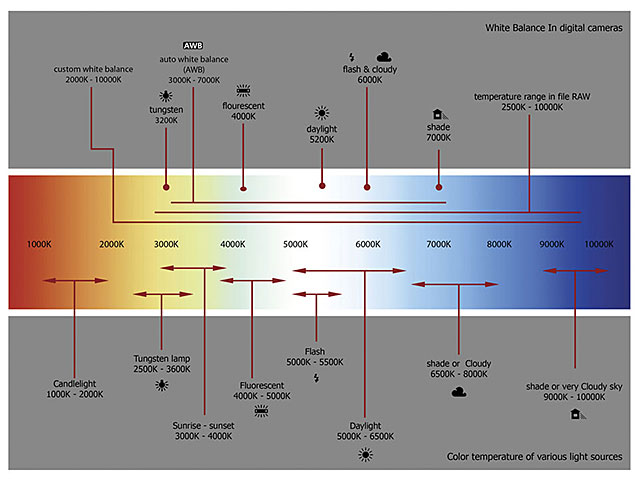A Buyer's Guide to Lighting Kits
Learn about the five types of lighting commonly used in video productions, as well as the best uses for each.
Page 1
The choices available for lighting kits today are immense. From tungsten to HMI, fluorescent, LED, and now plasma, the variety of lighting tools is expanding at a very quick pace. Choosing the right tool without wondering if a better option is coming soon is nearly impossible.
The best plan of attack is to first look away from the gear and then write down your needs. Here are six questions every online video producer should ask before devising a lighting scheme and purchasing a kit:
- Are you purchasing studio lighting that needs to be simple for a variety of operators to handle in an existing facility?
- What types of projects will you be using the lights for? Events? Interviews? Meetings?
- Will you be using the light indoors, outdoors, or some combination of the two?
- How much control will you have over lighting in your shooting environment?
- Are you changing technologies for a specific purpose, such as energy efficiency or longer bulb life?
- Or are you starting fresh and need the most light in as small and flexible a kit as possible?
Types of Lights
In this Buyer's Guide we'll look at five types of lighting commonly used in video production: tungsten, ellipsoidal reflector, fluorescent, LED, and plasma.

Color temperature of various lighting sources and digital camera white balance.
TUNGSTEN
Tungsten lighting is available in two configurations: open-face and closed-face. These terms refer to whether the light has a lens on it (closed-face) or not (open-face). Open-face tungsten lights, by and large, are amazingly flexible and cost-effective -- especially when you consider that the average light gets used and abused for more than a decade.
Closed-face tungsten lighting is thought of more as "theatrical" lighting, although it has been used in studio and field production since the beginning. Fresnel lights use a lens to let you focus the light beam spread from quite narrow to quite wide.
Closed-face lights are usually built to incorporate "doors" in front of the light and "scrims" in between the doors and the light. Scrims are metal screens of varying density that are used to "knock down" (reduce) the amount of light a fixture is giving without dimming it.
Tungsten lights can easily be dimmed to vary the brightness of the lights, all the way down to no light at all. Typically, tungsten lights are dimmed by reducing the voltage going through the light. The side effect is that the light "temperature" changes and becomes "warmer" (a lower Kelvin rating) the
more it is dimmed. This is why external scrims and neutral-density gels are often used to reduce the light output instead.
ELLIPSOIDAL REFLECTOR
Ellipsoidal reflector spotlights (often called Leko or Shakespeare lights) offer a very controlled throw, which can be quite long, with the ability to internally cut and shape the light with very hard edges. Often called "hard" light, these lights produce shadows that are sharp and very distinct.
These lights can also be used to cast the shape of an internal "gobo" or pattern. Glass gobos can even hold color corporate logos.
FLUORESCENT
Fluorescent lighting is usually used open-face; bare lights face the subject. Video producers have adapted the cool running and low-power requirements of fluorescent lights to the special needs of production. You can use special bulbs that are specifically daylight- or tungsten-matched to fit in with existing lighting.
By its nature, fluorescent lighting is a broad-based wash of light. By using specially designed housings and light modifiers it can be used as both a direction key light or as a fill, but not too far from the subject being lit. The light it delivers has a nice, soft wrap around the subject's face.
LED
Open-face LED lighting is still developing rapidly, with higher-powered LEDs being developed nearly every year. What started as just a lightweight and low-power on-camera fill source has blossomed into a full field of lighting tools with multi-kW LED lights able to throw light across a room, yet still be cool enough to handle with your bare hands.
Page 1